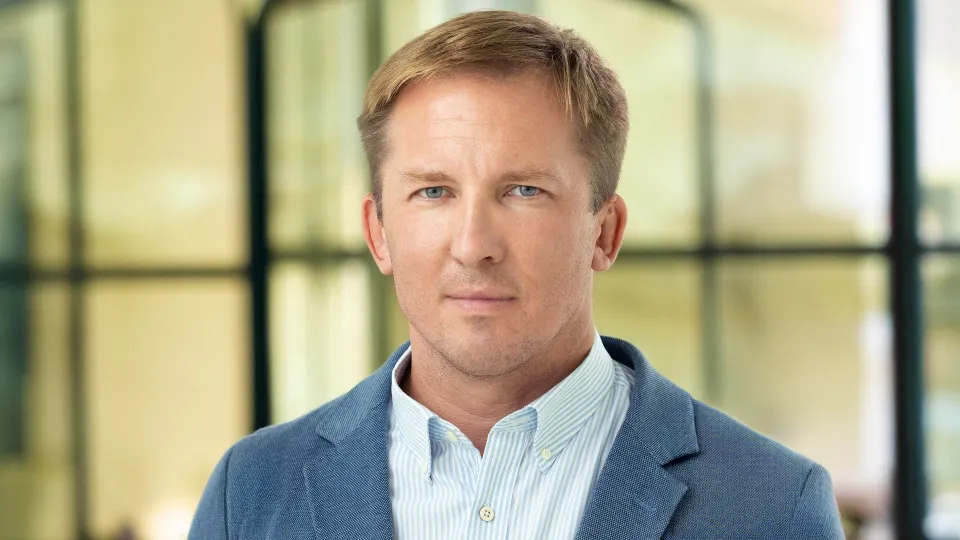
BioAI – Facts, Fiction, and the Future
- Jesper Tegner, Professor, Computer Science, KAUST
B9 R2322 H1
The natural sciences such as biology, medicine, and chemistry are currently in a transformative stage. Progress in technologies for measuring and collecting data (sequences, images, and molecules) has exploded since the human genome project. In parallel, we have witnessed stunning advances in what can broadly be referred to as computational techniques. This includes data-driven analysis of data such as Machine learning and Artificial Intelligence. From an ML/AI standpoint, there is a renewed interest in classical” equation-based modeling, causal analysis, and generative probabilistic modeling techniques. BioAI refers to this “perfect storm” between Bio and AI.
Overview
Abstract
The natural sciences such as biology, medicine, and chemistry are currently in a transformative stage. Progress in technologies for measuring and collecting data (sequences, images, and molecules) has exploded since the human genome project. In parallel, we have witnessed stunning advances in what can broadly be referred to as computational techniques. This includes data-driven analysis of data such as Machine learning and Artificial Intelligence. From an ML/AI standpoint, there is a renewed interest in classical” equation-based modeling, causal analysis, and generative probabilistic modeling techniques. BioAI refers to this “perfect storm” between Bio and AI.
Overall, there is a fair amount of hope, if not hype, to the extent that such a blend of computational techniques, and data, can transform our understanding of biology, boost early discovery of disease, and augment health. I will present a brief overview of the emerging BioAI area with special reference to facts versus fiction. To this end, I'll discuss some selected vignettes, including (i) data-driven identification of predictive immunological markers for skin cancer, (ii) deep biomedical image analysis, (iii) latent-space embedding and analysis of single-cell genomics data, and (iv) how to derive scientific generative laws from data. I conclude with some remarks on emerging challenges and opportunities.
Brief Biography
Professor at KAUST (08/2016), affiliated with Bioscience, Computer Science, Statistics, and Bioengineering programs. He had been acknowledged with honors for best teaching; physiology & neuroscience to medical students in Medical School (Karolinska Institute) and machine learning, computational mathematics, and computational neuroscience to Engineers in the Royal Institute of Technology. At KAUST, he teaches "Computational Bioscience and Machine Learning (B322)", "Machine Learning for Genomics and Health (B324)," and upcoming classes in Geometric Machine Learning and Biological Networks (B326) and Fundamental Skills in Bioinformatics (B200). He was nominated for the KAUST distinguishing teaching award 2020.
He received awards and distinctions for his leadership. He serves on the editorial boards of several international journals. He has published over 300 papers (cited >15 000 times, H-index>50). He has founded two BioIT companies, consulted for biotech startups, and collaborated with some major pharmaceutical companies.
He holds three distinct undergraduate degrees, Medicine (Medical School), Pure Mathematics (minor Theoretical Physics), and Theoretical Philosophy (minor Psychology), and two years of postgraduate education in Pure and Applied Computational Mathematics, including machine learning and neural networks. An experimental MD/Ph.D. degree in Neuroscience/Medicine was defended 09/1997 at Karolinska Institutet. He was appointed as an Assistant Professor of Computer Science 1998-2002 (Royal Institute of Technology) but on leave of absence as Visiting Scientist (as a five-year Wennergren fellow) and an Alfred P Sloan Fellow (Boston, USA, 1998-2001). He was recruited (02/2002) to the first Chaired Full Professorship in Computational Biology in Sweden and Head of the Division for Computational Biology within the Department of Physics. In 2009 he was called to become a Director of the Unit for Computational Medicine. He received a Life Time Named Strategic Professorship in Computational Medicine joint affiliation between Karolinska Institutet and Karolinska University Hospital at the Center for Molecular Medicine. He was an ERC co-investigator (2012-2017) on the causal discovery. He ranked as outstanding (highest distinction, top 5%) in the external research evaluation 2012) among 500 investigators at Karolinska Institutet and Karolinska University Hospital. In 06/2014, he was named Faculty at the Science for Life Laboratory, a National Center for Molecular Biosciences, Stockholm, Sweden.
Two core questions define his research: How to "construct" (general) reasoning (intelligent) systems to augment scientific discovery of the equations of Nature? This is translated into an algorithmic construction of an "artificial scientist" for a data-driven construction of generative equation-based explainable models of their "world" of observations/data. The other question is how to "understand" living systems – as one emergent aspect of matter? Here we target cells as natural building blocks of living systems. We develop algorithms, theory, and generation of high-resolution data (single-cell-genomics) to decode and learn data-driven models of cellular networks, aiming for a general field theory for non-equilibrium dissipative non-linear cellular systems. Our multi-disciplinary expertise has enabled us to work closely with clinical scientists for the last 15 years targeting translational questions (>100 publications in this area).
